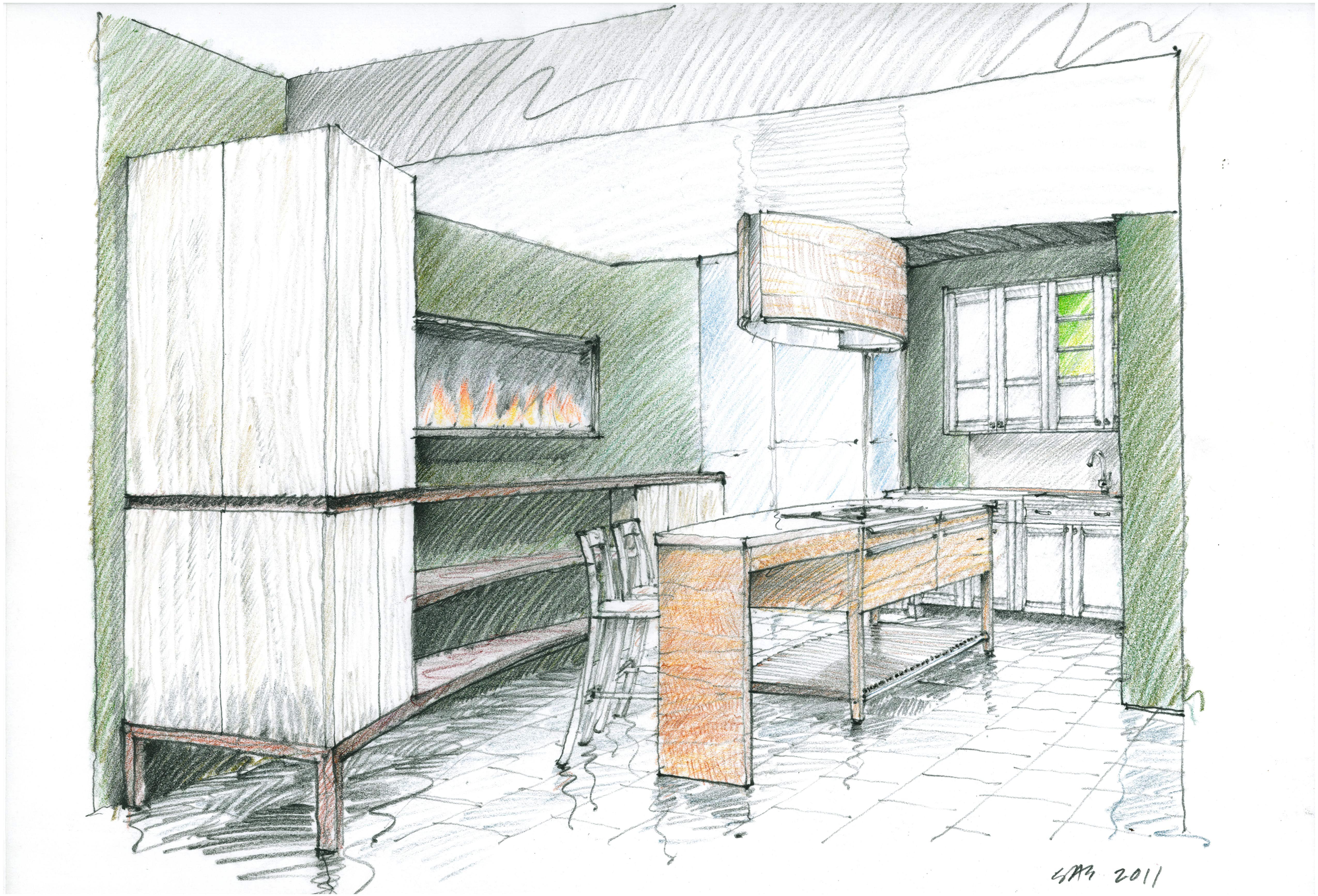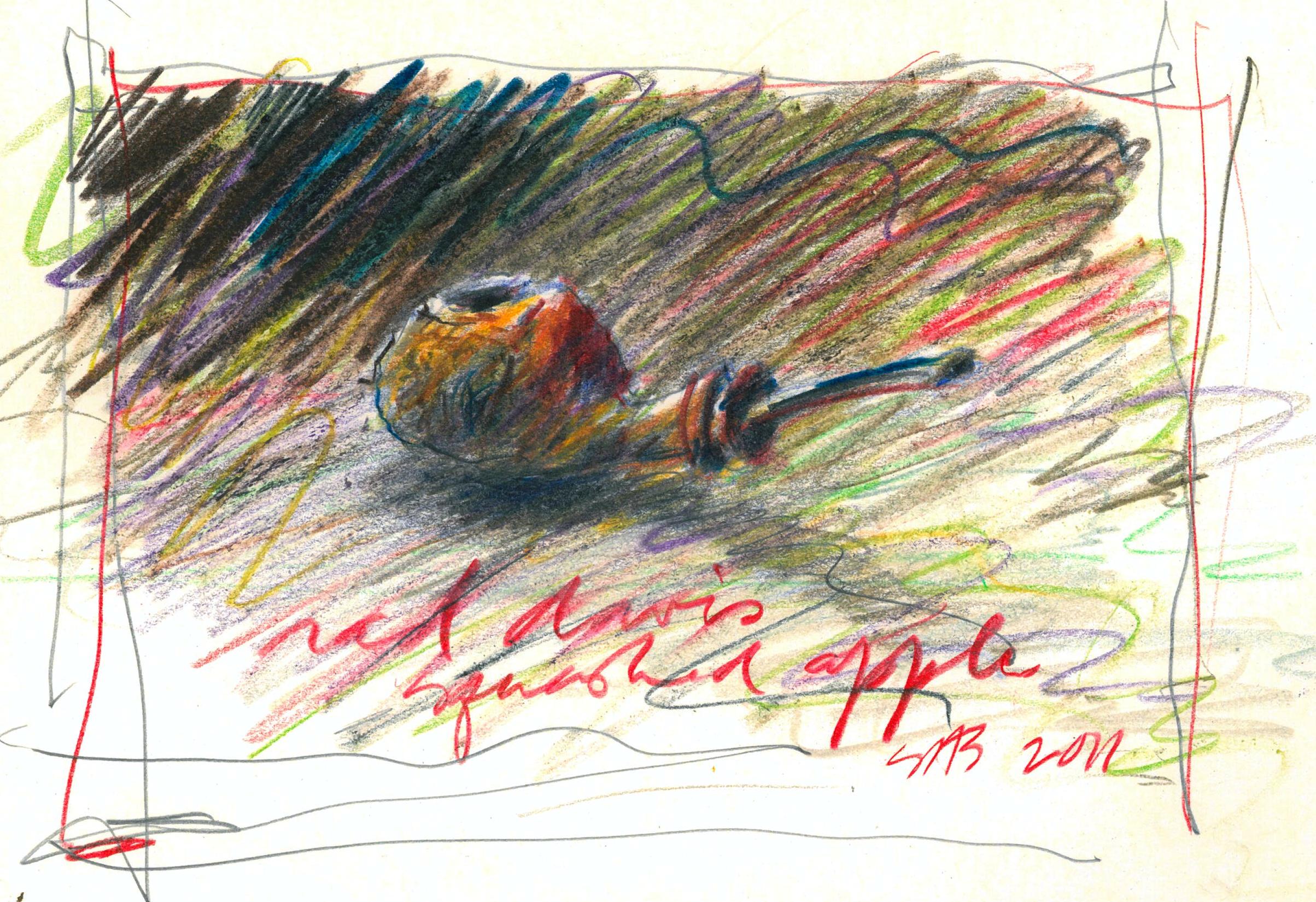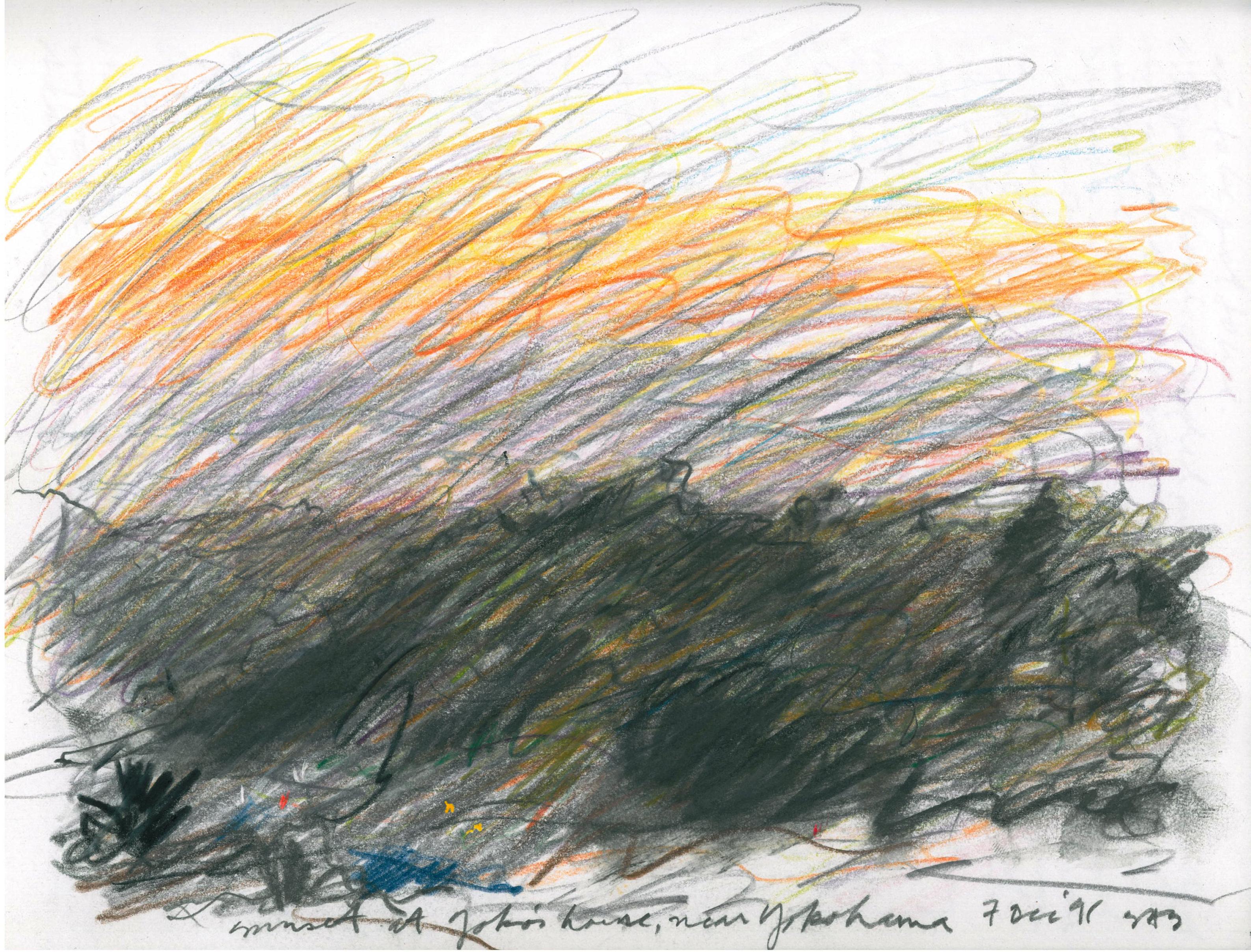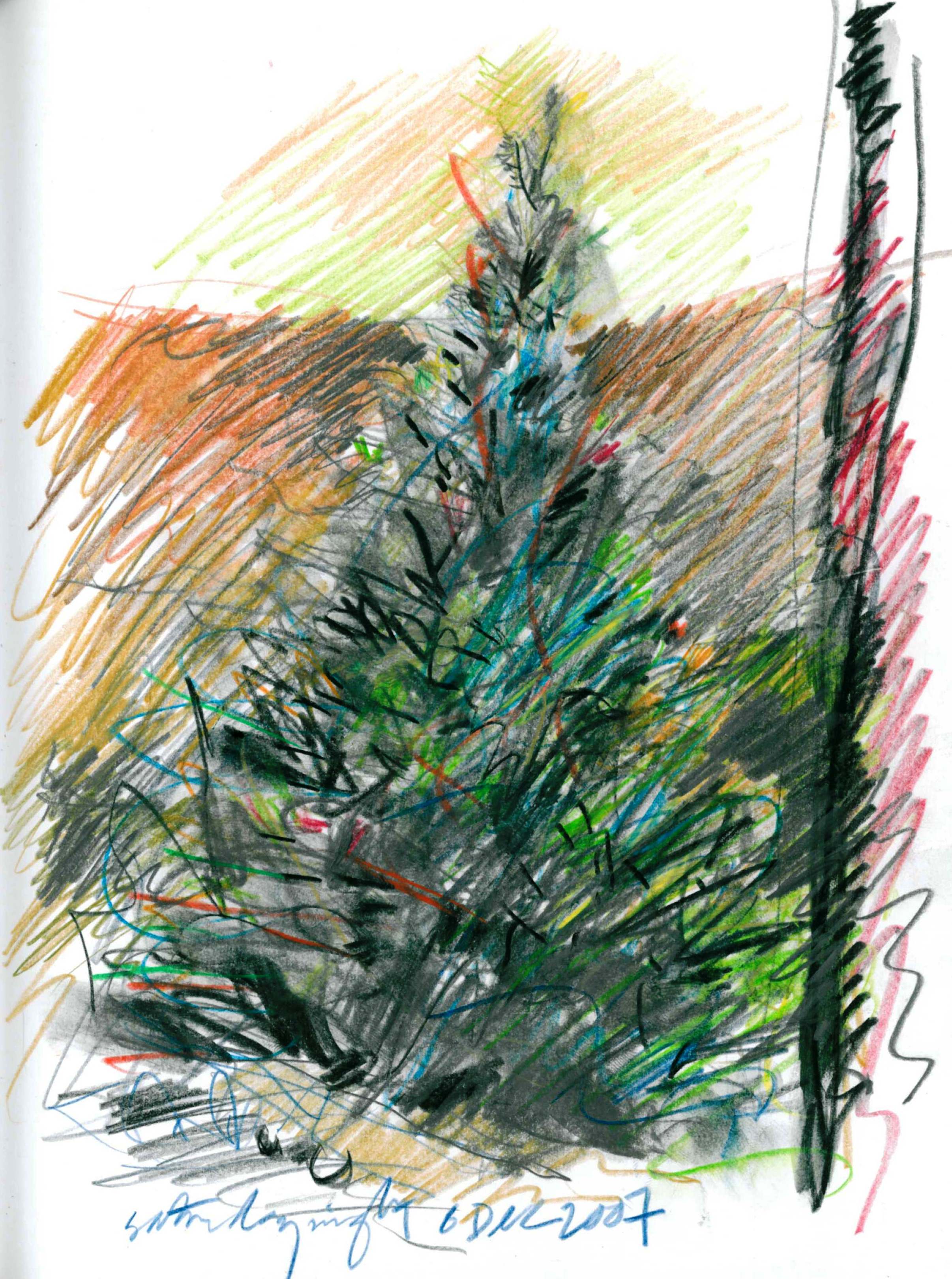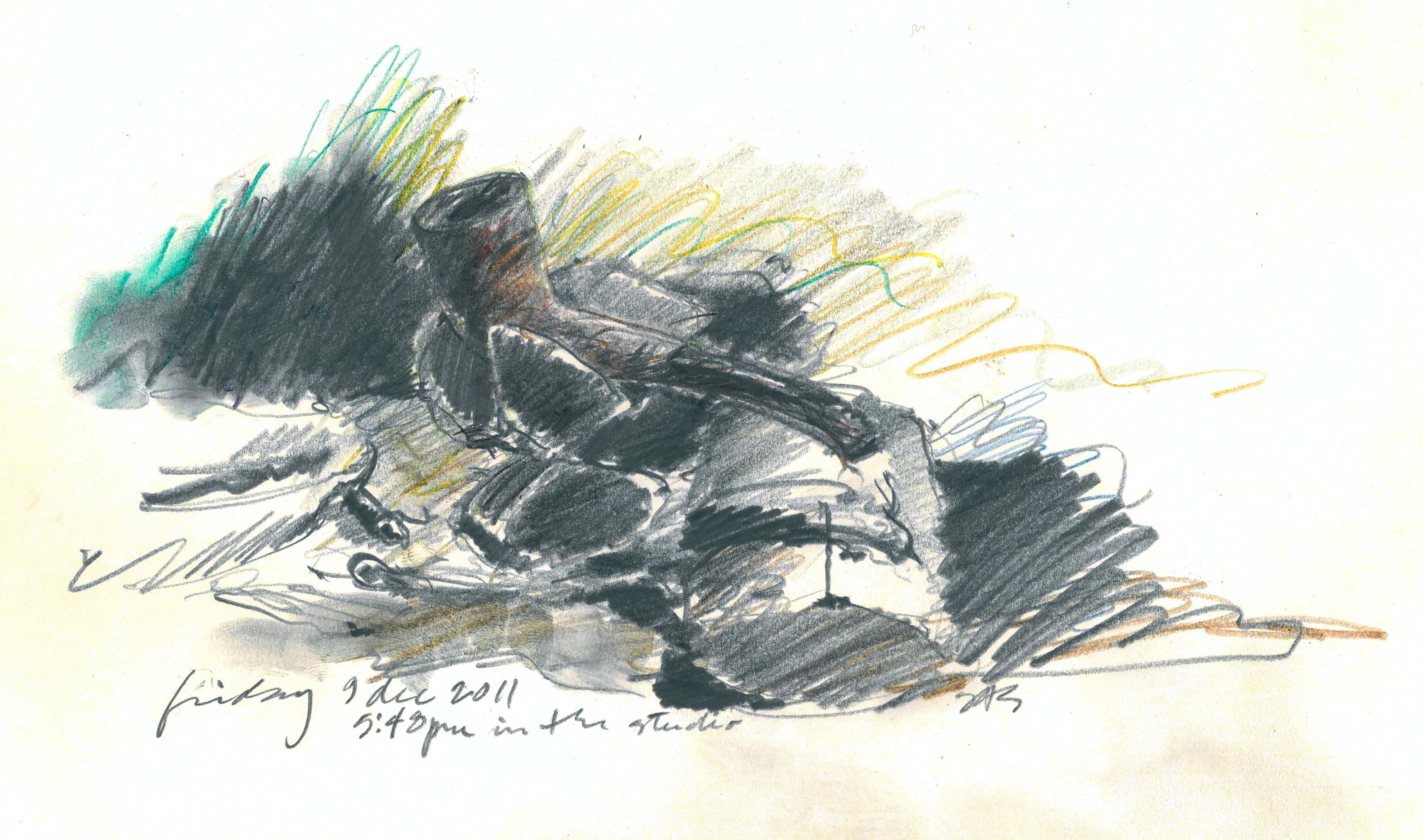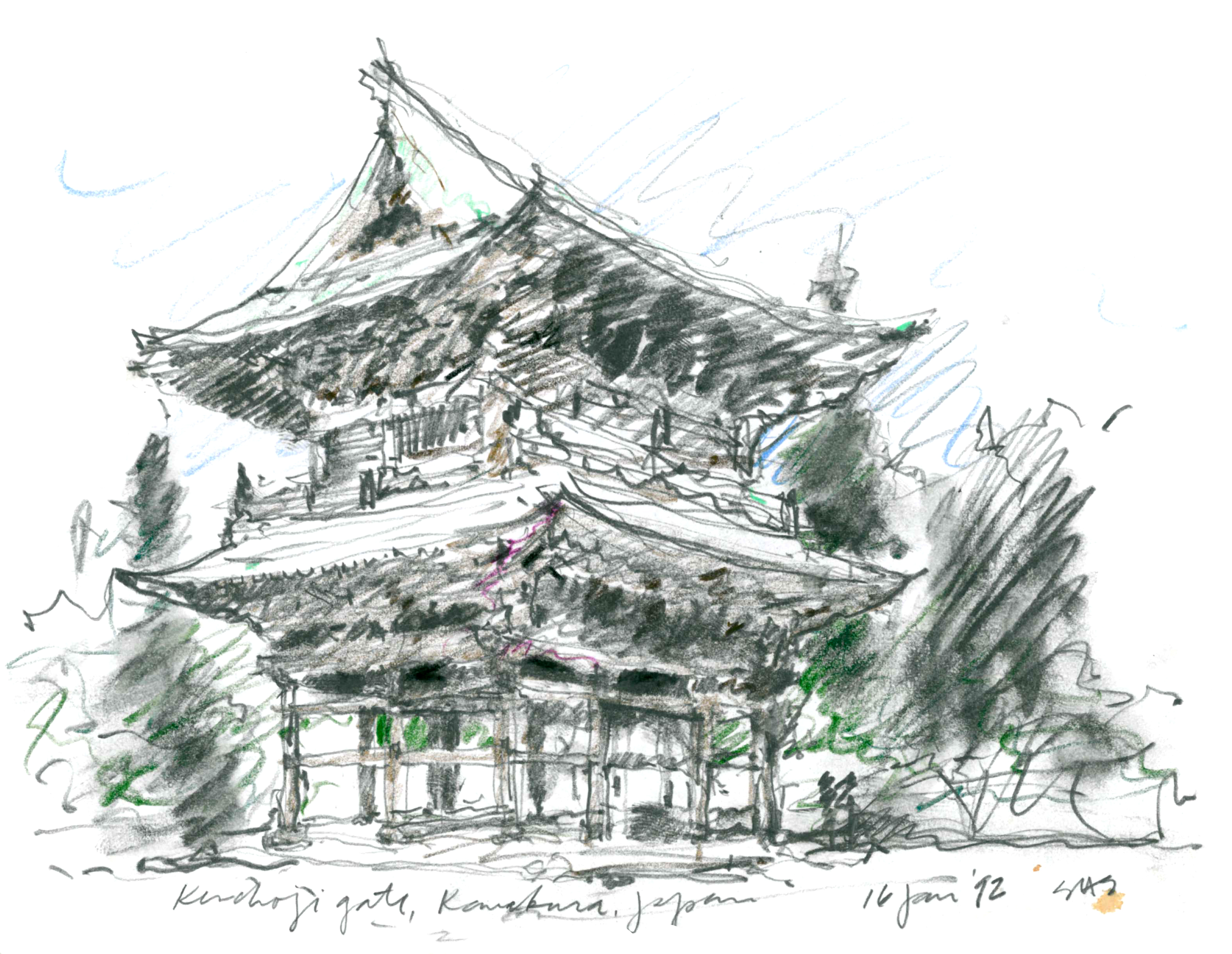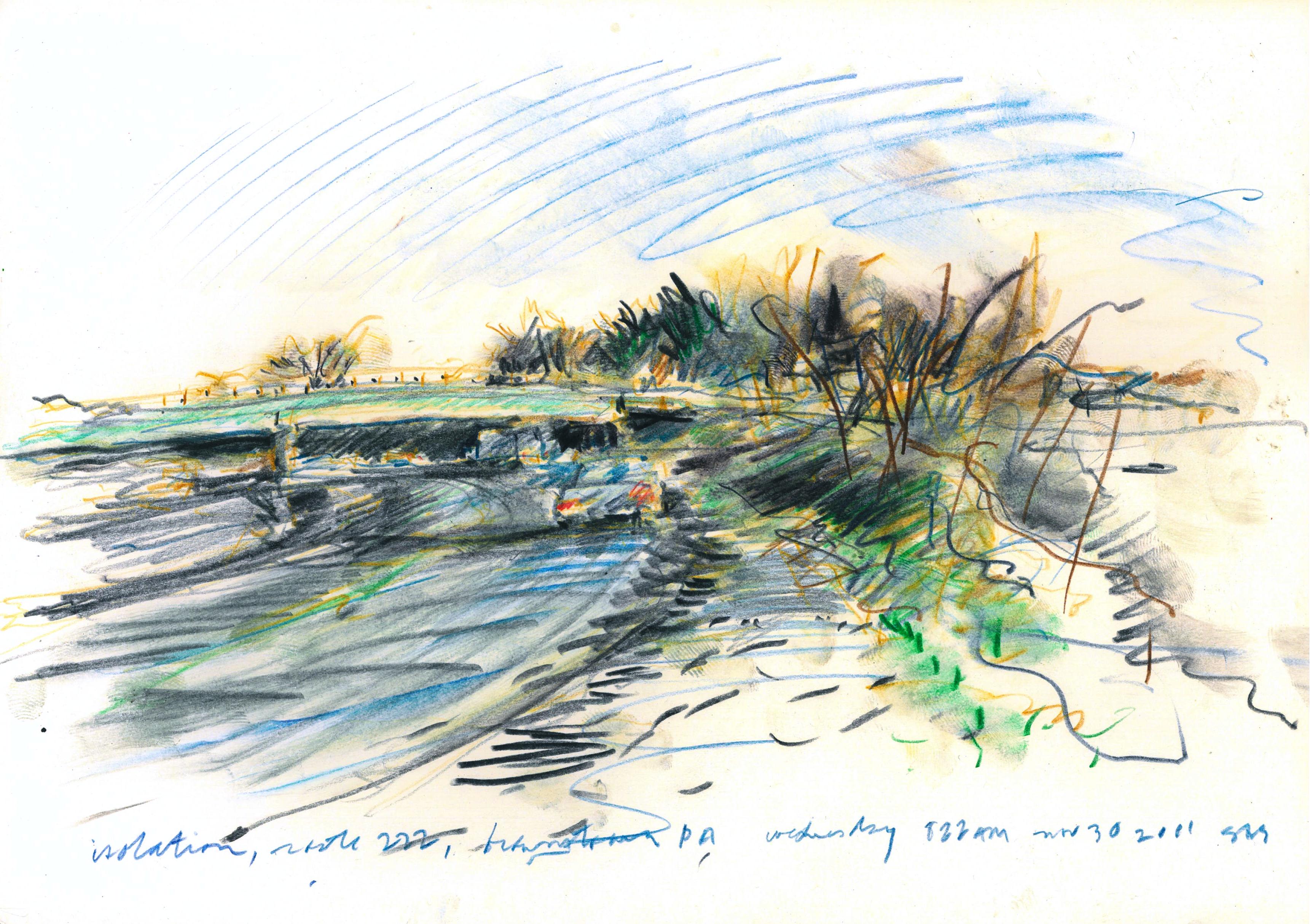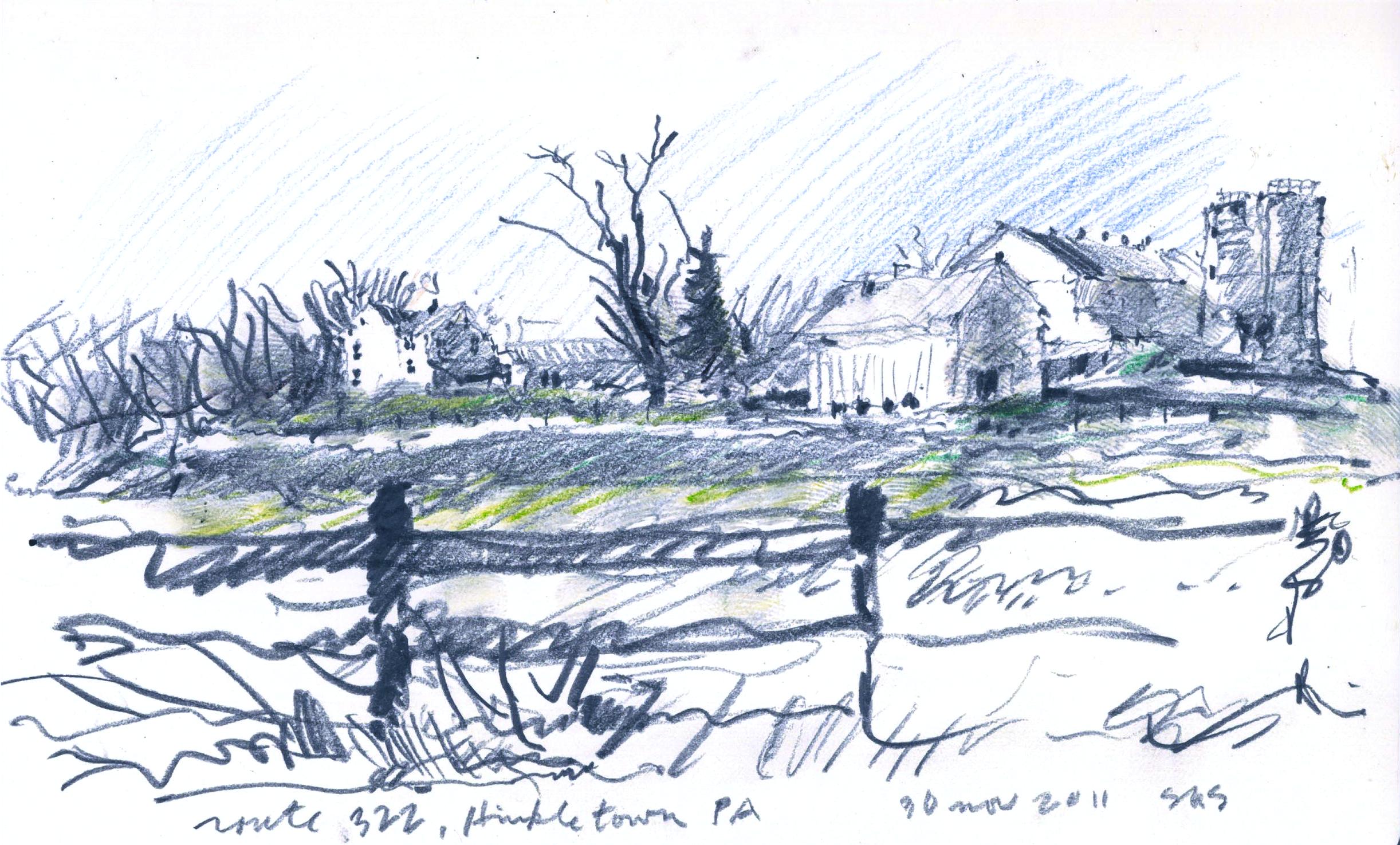A Retirement Gift
 Wednesday, December 21, 2011 at 6:15PM
Wednesday, December 21, 2011 at 6:15PM No, not my retirement. I hope that I drop dead doing work that I love. And I hope that doesn't come right away. The retirement that I'm talking about here is that of an old companion. Here's the story.
Back on October 26, I did a drawing and wrote about the old black leather Coach shoulder bag that went from being my business briefcase to becoming an all around tote for sketchbooks, pipes, tobacco, and whatever else I could cram into it. My friend Neil Flancbaum, who has been following this blog and the drawings and comments I've been posting on facebook since July, commented "Nice sketch. Too bad about the bag." Anyone who owns high grade pipes knows that Neil hand crafts the best pipe luggage in the business under the witty "Smokin' Holsters" label. To him, a Coach bag was a blemish on my credibility as a serious artist. Not long after that, he asked me how big a sketchbook I used. I told him, thinking it was just curiosity between artists, as Neil has painted watercolors in his spare time. It seemed an odd question nonetheless.
Then on Monday, a box arrived unbidden with the mail, addressed to me, with a return address from Neil Flancbaum. I was on my way out the door for a meeting and didn't have time to open it, but I assured my wife, who has had to put up with too many of my unauthorized acquisitions, that I was clueless as to its contents. When I finally had time to open it in the wee hours of the next morning, I unwrapped a gorgeous black bag made from bison hide, with deerskin pipe pouches sewn into its roomy interior, and a large front pocket under the beautifully simple flap. Several pipes, my baccyflap tobacco container, a tin of Magnum Opus, lighter, matches, pipe cleaners, cell phone, charger, wallet, another zippered pouch for three more pipes and a day's worth of smoking supplies, a small pencil case and a box of 24 colored pencils, and my favorite size Moleskine sketchbook fit inside with room to spare. I could hardly have specified it better if I'd ordered it custom made.
When I talked to him on the phone, stuttering my stunned thanks to him for this utterly unexpected gift, Neil was matter of fact about it, and actually worried that my sketchbook wouldn't fit inside. His comment: "When I saw that blog post with the Coach bag, I said, "All right, he's gettin' a freakin' bag!" All I can say is, "Holy Smokin' Holsters, what a freakin' bag!" Thanks, man!
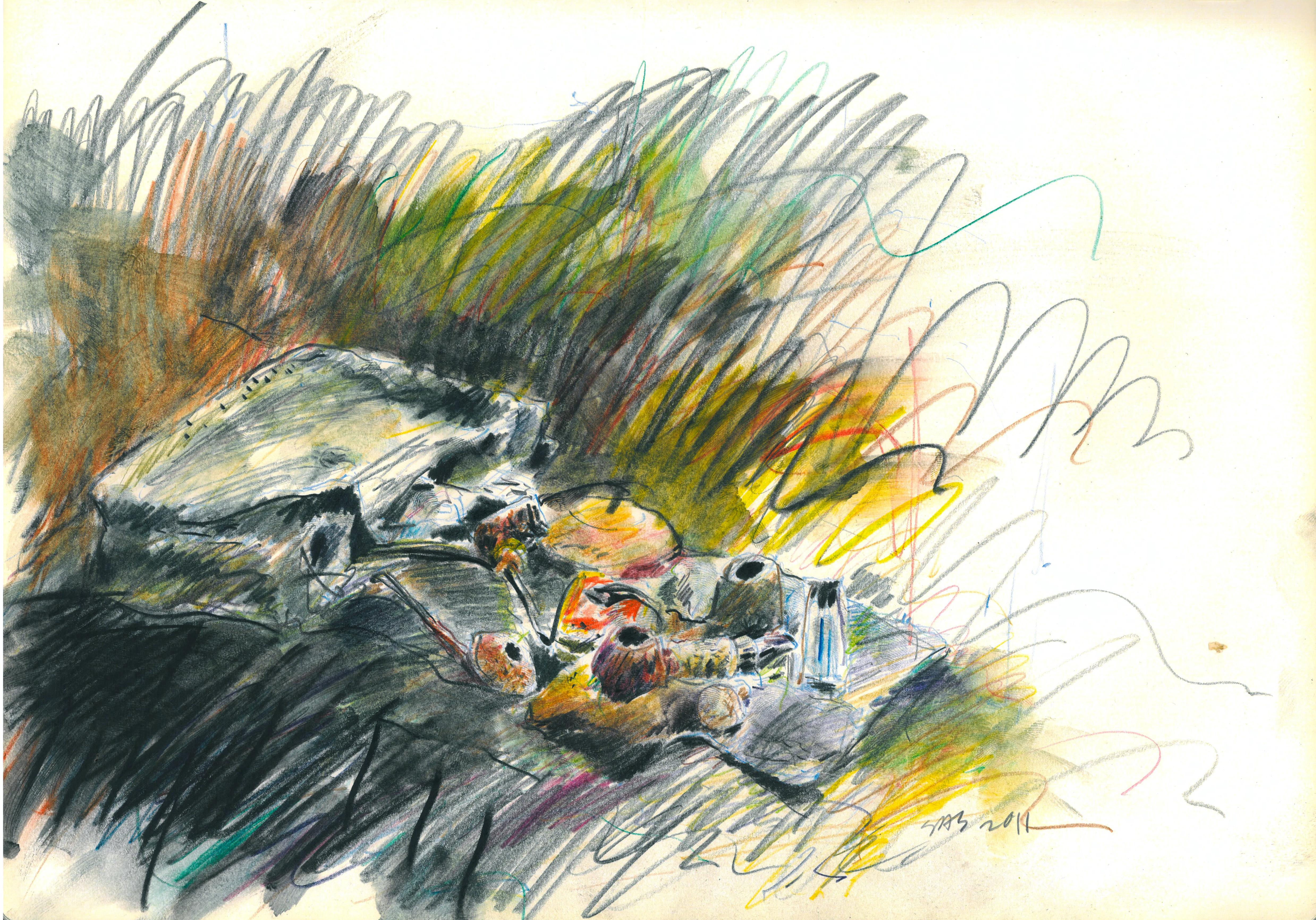 Pipe Possibilities bag in black bison hide, with pipes co-opted from Neill Archer Roan's collection: Geiger, Eltang, J. Alan, and Brad Pohlmann.
Pipe Possibilities bag in black bison hide, with pipes co-opted from Neill Archer Roan's collection: Geiger, Eltang, J. Alan, and Brad Pohlmann.

